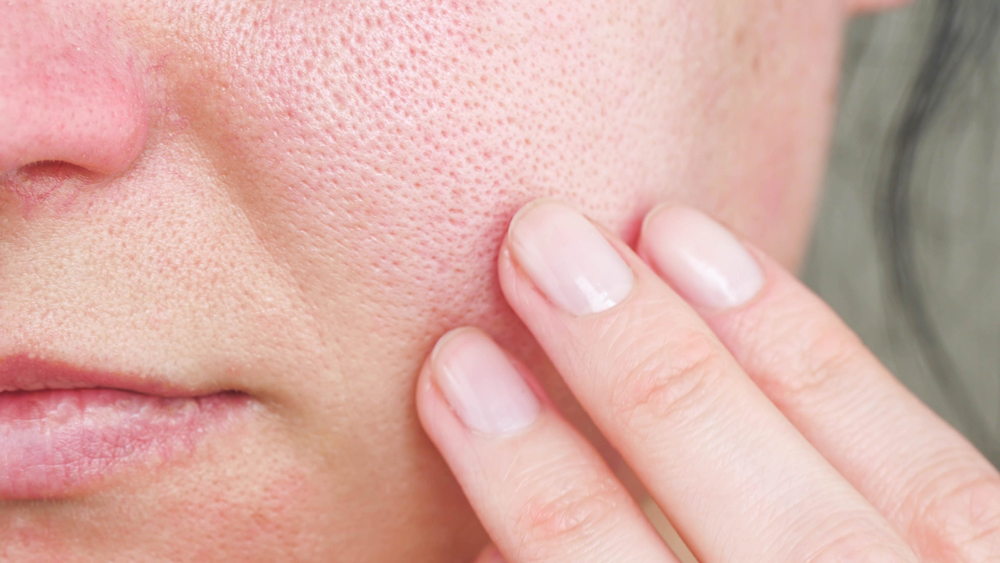Oxygen therapy is a critical treatment for people with chronic respiratory conditions, but it can sometimes lead to side effects like dry skin. This is particularly common for patients using portable oxygen concentrators for extended periods. Understanding the causes of dry skin from oxygen therapy can help users take simple steps to improve comfort while continuing to receive the oxygen they need.
Reduced Humidity from Oxygen Delivery
One of the most common reasons oxygen therapy leads to dry skin is the lack of moisture in the oxygen being delivered. Medical oxygen from a concentrator is filtered and concentrated from ambient air, which naturally strips it of humidity. When this dry oxygen comes into contact with the skin—especially around the nasal cannula, cheeks, or upper lip—it can pull moisture from the skin’s surface.
In some cases, the nasal passages and lips may become dry, cracked, or irritated. This is even more noticeable for users who require continuous flow oxygen or use their device for many hours a day. Unlike ambient air, the oxygen provided by concentrators does not contain water vapor unless humidification is added, and this dryness can gradually affect the skin over time.
Friction and Pressure from Delivery Equipment
Repeated use of oxygen delivery equipment can also contribute to skin dryness and irritation. Nasal cannulas, tubing, and face masks can cause friction against the skin, especially when worn for extended periods. Over time, this contact can break down the skin barrier, making it more susceptible to dryness, redness, and discomfort.
If the cannula or tubing is not fitted properly, it may rub against sensitive areas such as the ears, nose, and cheeks, leading to pressure sores or chafing. Once the protective outer layer of the skin is compromised, it becomes harder for the skin to retain moisture, which further aggravates dryness and irritation.
Environmental Factors While Using Oxygen Therapy
The environment in which oxygen therapy is used can also play a major role in skin dryness. Many users spend more time indoors while on oxygen therapy, where indoor heating or air conditioning can lower humidity levels in the air. Dry air accelerates the evaporation of moisture from the skin’s surface, which can increase discomfort.
Additionally, patients who live in regions with low humidity—such as dry, desert climates—may experience more significant effects. When these environmental conditions are combined with the delivery of dry oxygen, the likelihood of developing dry skin symptoms increases significantly.
Preexisting Skin Conditions and Hydration Levels
People with certain skin conditions or medical histories may be more prone to dryness while using oxygen therapy. Those with eczema, psoriasis, or naturally dry skin already have a compromised skin barrier that loses moisture more quickly. The added dryness from oxygen use can worsen these conditions or trigger flare-ups.
Dehydration is another contributing factor. If a user is not drinking enough water or is taking medications that reduce hydration levels (such as diuretics), the skin may become drier from the inside out. Proper hydration and skincare can reduce these effects, but attention is especially important for oxygen therapy patients who are already more vulnerable to skin irritation.
How to Address Dry Skin
Dry skin is a common but manageable side effect of oxygen therapy. Causes include the low humidity of delivered oxygen, friction from nasal cannulas, dry environments, and preexisting skin conditions. To reduce discomfort, keep your lips, mouth, and nose lubricated with a water-based lotion or lubricant. Aloe vera is a good option. Avoid oil-based products, which can interfere with oxygen delivery.
At Belluscura, we design portable oxygen concentrators like the X-PLOR® and DISCOV-R™ with patient comfort in mind. Our lightweight, Airgonomical™ systems help minimize skin contact issues while supporting active lifestyles. Contact us to learn more about how our products can enhance your oxygen therapy experience.


